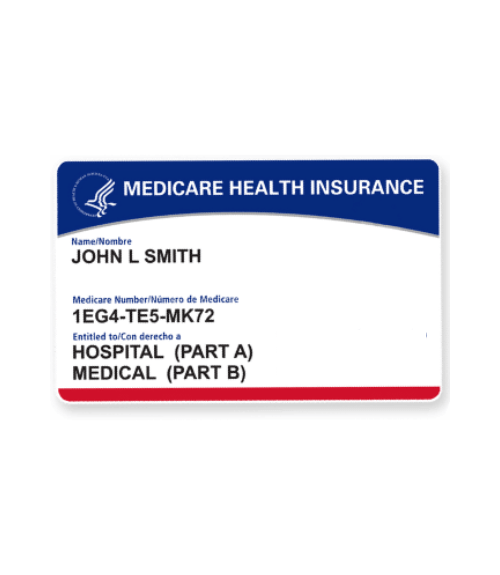Overview of Your Medicare Costs (Part 1)

If you’ve done a little bit of research, you probably have realized that Medicare isn’t going to be free. You will still have expenses related to the level of coverage you have, as well as the type of plans you choose. Choosing Original Medicare or Medicare Advantage is one of these choices for example.
In this article, we will provide an overview of your Medicare costs. This will be Part 1 of 2, so keep your eyes out for Part 2 soon! We will start with the Part A Premium. If you aren’t familiar with Part A includes, you can read about it here.
Part A Premium
The majority of Medicare patients don’t pay monthly premiums for their Part A plans as long as they have been paying Medicare taxes for over 40 quarters. Patients who have paid Medicare taxes for fewer than 30 quarters over their working lives will pay $458 per month. Those who have paid into Medicare for 30 to 39 quarters will pay $252.
Medicare-eligible patients may also face 10% higher premiums if they do not enroll in the program as soon as they are eligible. They will continue to pay this higher premium for twice as many years as they have had access to Part A insurance but failed to sign up.
Part A Deductible and Coinsurance
Before reading on, note that all the information below pertains to original Medicare. Policyholders with Medicare Advantage Plans will also have all of these services covered by insurance, but the costs vary by plan. The deductible and coinsurance, as dictated by Medicare, also tend to increase every year.
There is a total deductible cost for Part A during each per benefit period. It will typically increase year-over-year. There are no coinsurance costs for days 1-60 of care in each period.
On days 61-90, there is a set coinsurance per day.
On days 91 and beyond, the coinsurance cost increases from the rate for days 61-90. Beyond that, patients should expect to pay all costs for coinsurance.
Medicare-eligible patients may also face 10% higher premiums if they do not enroll in the program as soon as they are eligible. They will continue to pay this higher premium for twice as many years as they have had access to Part A insurance but failed to sign up.
Exceptions to the Rule
There are some exceptions to this rule. They include alternate provisions for home health care, hospice care, hospital inpatient stays, and mental health inpatient stays.
Home Health Care/ Hospice Care
Policyholders who require home health care will pay out-of-pocket for 20% off their durable medical equipment (DME). Medicare will cover the full cost of services.
Hospice patients are also held to slightly different standards under Medicare Part A. They should expect to make copayments of $5 or less for prescription drugs while in the home and 5% of the cost of inpatient respite care. Medicare doesn’t cover room and board in non-hospital facilities for hospice patients. Non-hospital facilities include private homes, nursing homes, and long-term care facilities.
Not all prescription drugs are covered under Part A. If a prescription drug intended to provide relief for pain or symptoms is not covered by hospice benefits, providers should contact the patient’s Medicare Part D insurance provider to investigate other options for coverage.
Hospital and Mental Health Inpatient Stays
While in the hospital, Medicare policyholders should expect to pay for optional services. These can include private-duty nursing, television or phone access, and private rooms that are not deemed medically necessary.
Otherwise, Medicare costs will be the same as those associated with outpatient care. Patients will have $0 coinsurance for days 1-60 in each benefit period.
For days 61-90, the co-insurance will increase.
And then from days 91 and beyond, the coinsurance will typically increase again until lifetime reserve limits have been met. Once this happens, you'll be responsible for all costs.
Those in the hospital for mental health care will need to pay for 20% of the services provided by doctors and others in this setting. Otherwise, the deductible and coinsurance costs remain the same as those for inpatient hospital stays.
There is no limit to benefit periods for mental health coverage in general hospitals. Patients treated in psychiatric hospitals can also have multiple benefit periods. There is, however, a lifetime limit of 190 days.
Skilled Nursing Facilities
Medicare Part A will pay for 100% of the cost of skilled nursing services for the first 1-20 days for each benefit period. Patients will be charged a coinsurance payment for days 21-100 and will be responsible for paying all costs if the stay is over 100 days.
Stay tuned for Part 2, which will go over the Part B cost overview. While not all of this information may apply to you in this moment, needs can change over time and it is important to be aware of what your expenses may look like if/when that day comes. As always, I am here to help address any concerns or questions you have.
I hope this article helped you – and if it did, please share it with someone who may also benefit.




